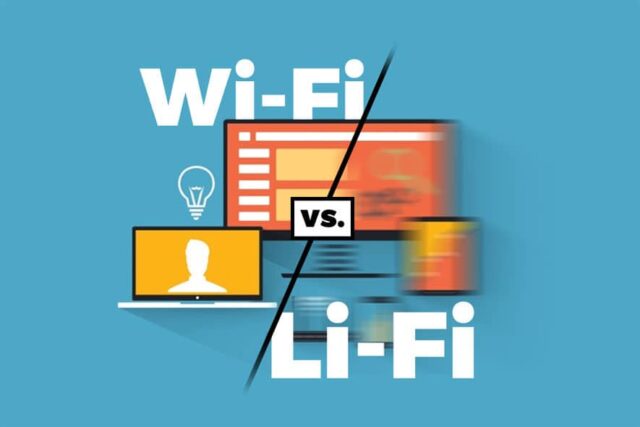
What keeps the world connected, you may ask? I’d say, the internet. Yes, internet technology is a pure blessing, which brings information, communication, commerce, finance, healthcare, education, and entertainment to your fingertips. At the click of a button, you can perform hundreds of tasks and achieve the highest form of accomplishment. The internet removes hurdles and hassles from your daily routine and introduces next-gen ease and convenience. What’s more, internet access is not just limited to the big buck elites rather everyone, from low-income families to millionaires, can afford internet service and enjoy the benefits it delivers. Just take a look at the pocket-friendly internet prices by clicking here, and you’ll understand what I mean by universal internet accessibility.
Just like the different colors in a rainbow, internet technology is of various types. You have wired connectivity and wireless networking standards. Though wired internet connections are known to offer better speeds, they restrict mobility, which is why people prefer to get wireless internet at their homes, workplaces, and in public areas. However, you may be surprised to hear this but a wireless network doesn’t always refer to Wi-Fi. Sure, Wi-Fi is the most recurrent internet avenue you’ll find literally everywhere around you, but there is also a less known type of wireless technology available, called Li-Fi. What is Li-Fi and how does it differ from Wi-Fi? Let’s compare them below.
Transmission Mode

Wi-Fi stands for Wireless Fidelity. This networking technology utilizes radio frequencies to transmit data and internet signals over the air to Wi-Fi-enabled devices in the vicinity. When you have working Wi-Fi at your home, you no longer need to connect your laptops or PCs to a modem through an Ethernet cable. All you require is a router of the latest networking standard, a device with a wireless network adapter installed on it, and an ISP-provided internet package to enjoy Wi-Fi connectivity.
On the other hand, Li-Fi stands for Light Fidelity. This networking technology utilizes light waves emitted by an SSL or solid-state lighting transmitter to circulate data and internet signals in an area. How does it work? Li-Fi modulates the light rays shone by a transmitter, such as an LED bulb, and transmits them to a receiver device that has a photodiode. Once the light signals reach the receiver, they convert into usable data forms and this is how the device gets the power to access the World Wide Web.
Spectrum Coverage
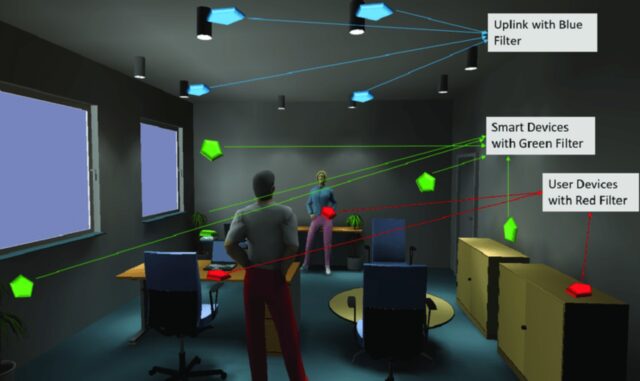
Wi-Fi uses radio waves inside the electromagnetic spectrum to make data transmission possible. The radio frequencies, available for a Wi-Fi network, range from 3Hz to 3,000GHz. Typically, it performs data circulation on two bands, i.e. 2.6GHz and 5GHz. Though, Wi-Fi 6 is expected to bring 6GHz into the equation. In comparison, Li-Fi uses visible light communication technology or VLC to transmit data packets. The visible light spectrum has a greater range of frequencies available, i.e. from 400,000GHz to almost 800,000GHz, which is 10,000x bigger than the electromagnetic spectrum of Wi-Fi. Thereby, Li-Fi has more potential.
Possible Range

Range means the area that a wireless network covers. Wi-Fi connects all those devices to the internet that are within a 20 to 50 meters radius of the transmitter. So, if you are trying to stream Netflix on the first floor and the Wi-Fi router is placed on the ground floor, chances are that you will receive adequate signals from the source. Radio waves are strong enough to penetrate walls. Whereas, light waves cannot pierce through opaque surfaces, limiting the range of Li-Fi only to the area where light is shone from the transmitter.
Network Security
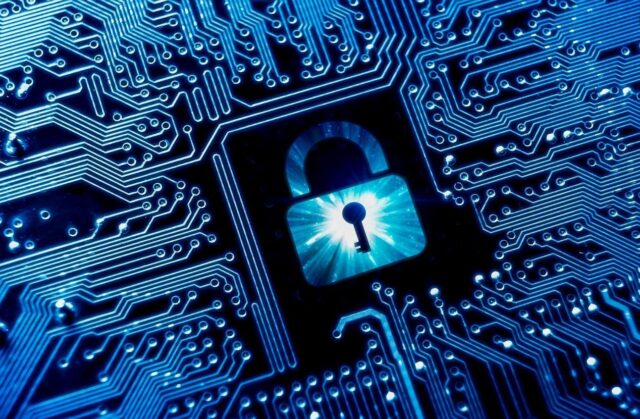
When we talk about internet access, we cannot skip security. Network security is crucial in this era, where cyberattacks have increased monumentally. One of the major disadvantages of Wi-Fi is that it is not as secure as it should be, given its prevalence. Why? Because Wi-Fi networks, whether open or private, are easier to hack. All a hacker would need to do is find an unprotected network and they’ll be able to get their hands on the data exchange happening between the devices in a WLAN. Conversely, Li-Fi is more secure than Wi-Fi. How? Because light signals remain confined within the space they are shone, averting unnecessary exposure and unauthorized access to the network.
Data Speed
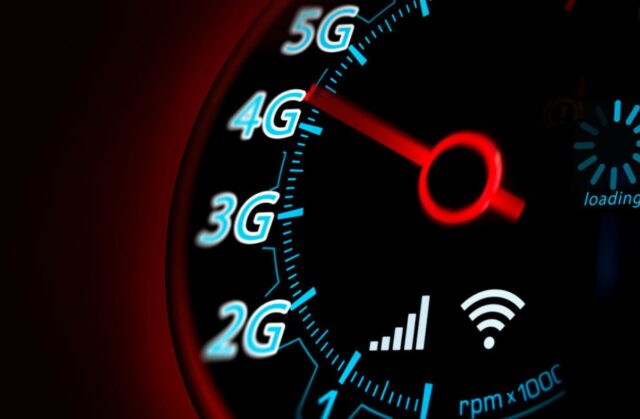
As compared to wired internet, which normally yields up to 100 Mbps download rate, Wi-Fi speeds are significantly slower. If you run a speed test of your Wi-Fi connection, you will see download speeds ranging from 1 Mbps to 50 Mbps, which is why people use Wi-Fi boosters or some such appendages to strengthen their Wi-Fi networks. On the other hand, Li-Fi speeds are 100x faster than Wi-Fi. That’s because light travels faster than anything, so Li-Fi enables instant data transmission and highly efficient internet connectivity.
Interference Rate
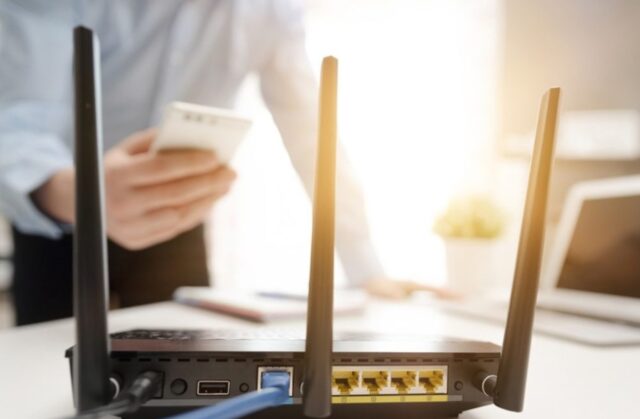
We all hate network lags, yet we all experience them on our wireless connections. That’s because data signals traveling through the air often lose their potency when they have to make a larger trajectory. Similarly, Wi-Fi signals tend to become weaker when covering longer distances. Not only that, other wireless devices in the vicinity crowd the frequency channel the Wi-Fi signals are traveling on, resulting in loss of connection or poor reception. Still, Wi-Fi faces lesser interference than Li-Fi, which often gets sidetracked by other illumination sources in the area, such as sunlight that creates noise in the network.
User Accessibility

How many people can access Wi-Fi networks? Billions. And, how many people can access Li-Fi networks? Probably, a handful. The reason is that while Wi-Fi infrastructures are already incorporated on large scale, Li-Fi infrastructures are still in the pipeline. The visible light technology is in its introductory stage, which is why it is not readily available to people at large.
Which One is Better? Wi-Fi or Li-Fi?
If you’re looking for network speed and security in a dark, confined space, you will find Li-Fi the perfect match for your needs. Other than that, Wi-Fi tops every category, making it the best wireless network technology for an average American household.









